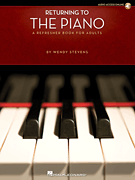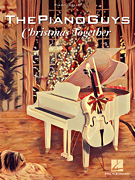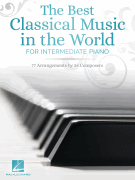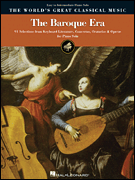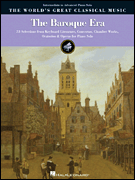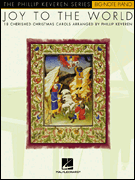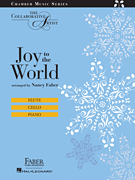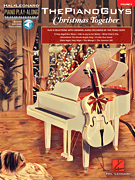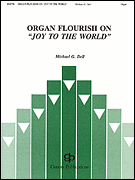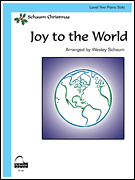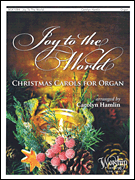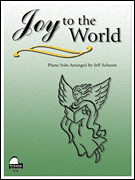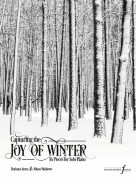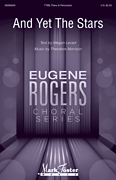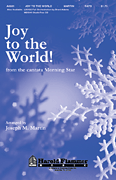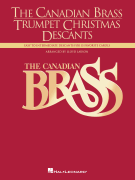Search Results for: “Joy To The World”
Loading...
Joy To The World View 548 Products
Joy (To The World) View 25 Products
Joy To The World! (Medley) View 18 Products
Joy To The World View 11 Products
Joy To The World (A Christmas Prayer) View 9 Products
Joy To The World (Unspeakable Joy) View 9 Products
Joy To The World View 9 Products
Joy To The World (George Handel) View 9 Products
Joy To The World Arr Okpebholo View 5 Products
Joyful Worship Joy To The World, Angels From The Realms Of Glory View 5 Products
Great Joy To The World View 3 Products
Joy To The World! View 2 Products
Joy To The World! View 2 Products
Joy To The World (Arr: Lorie Line) View 2 Products
Joy To The World (Reprise) View 1 Product
Joy To The World, Gloria View 1 Product
Joy To The World! The Lord Is Come View 1 Product
Sing Joy To The World View 1 Product
Joy To The World (Weiser) View 1 Product
Where Is Joy To The World View 1 Product
Fanfare And Prelude On 'Joy To The World' View 1 Product
Variations On Joy To The World View 1 Product
Watts/Mason/Handel: Joy To The World View 1 Product
Joy To The World With Joyful, Joyful, We Adore Thee View 1 Product
